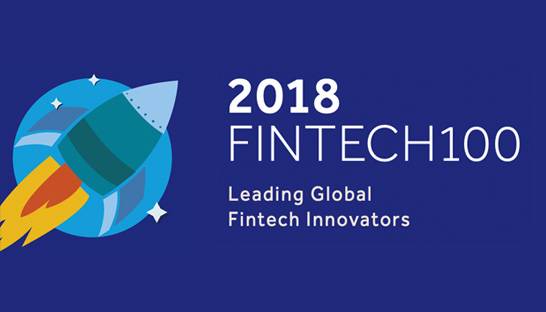AfterPay Touch and Airwallex have been ranked among the world’s top 50 fintech companies by global consulting firm KPMG in conjunction with Australian fintech venture capital investment firm H2 Ventures. Five other Australian and one New Zealand startup are listed in the top 100, with Asia Pacific accounting for more than a third of the index.
Two Australian features are among the world’s leaders in next-generation financial technology companies. Australia has been the focus of a concentrated technology push across Asia-Pacific in recent history, with Sydney and Melbourne battling Singapore and Hong Kong to become the Asian region’s tech hub.
Singapore has a huge advantage when it comes to fintech because the government is developing creative regulations that support digital innovation. While this creates an environment that actively helps support startups and has created a dynamic fintech market – with one Singaporean fintech firm in the top 10 – Greater China and Australia maintain competition.
And according to a recent analysis by Frost & Sullivan, this competition is expected to be worth more than $70 billion in Asia Pacific alone within two years. Growing at a compound annual rate of 72.5% over the five years to 2020, startups are vying for a piece of the pie across the region.
When it comes to investment, Greater China completely dominates. With a total value of nearly US$10 billion in deals closed in the Asia-Pacific region last year, more than US$9 billion went to Chinese firms. By comparison, the next biggest amount was in India with $339 million. Australia and New Zealand used up a combined $107 million in funding over the same time period.
Ben Heap, founding partner of H2 Ventures, said that overall, venture capital backing of fintech companies continues to accelerate. “Companies on the 2018 list have raised more than $52 billion in venture capital over the past 12 months, more than double last year’s list total, and more than $27 billion in capital, up 366 percent from last year.
“In terms of large funding rounds, 26 companies on the Fintech100 have raised $100 million in the last 12 months. The top four companies in the top 50 raised more than $1 billion in the last 12 months alone,” added Heap.
The list itself consists of 100 companies representing more than 36 countries, and together these companies have raised over $50 billion in capital. Most come from the US (18), followed by the UK (12) and China (10). Australia is not far behind with more than seven entries on the list and New Zealand takes the lead with one company present.

“In this context – and with US and Chinese fintechs attracting huge interest, it is encouraging to see Australian companies holding their own and competing on the global stage,” Heap said.
Australia’s two main fintech success stories this year hail from Melbourne – a potential blow to Sydney’s tech startup scene – and have branches in the UK, Europe, Singapore and China. Ian Pollari, Global Co-Chair of KPMG Fintech, who is based in Sydney itself, congratulated both companies on their achievements.
“Australia’s fintech ecosystem has once again demonstrated its global relevance with a strong showing at Fintech100 2018. Both Afterpay and Airwallex show that local fintechs with global ambitions are able to attract customers to expand beyond our shores and raise capital from international investors,” he said.
AfterPay is an online platform that gives online shoppers the option to spread purchases over four equal installments and owns more than 10% of total online retail in Australia. AirWallex facilitates cross-border transactions by fixing exchange rates to reduce currency volatility. According to KPMG, their $80 million Series B injection this year is the second largest funding round in Australian history.
“Globally, payments and lending are still the dominant sectors, while wealth management is growing, with 14 companies on the list. Insurtech remains strong with 12 companies. Notable this year is the rise of neo-banks, with 10 on the list – marking the start of what we believe will be accelerated growth in digital banking models globally and in Australia,” Pollari concluded.


